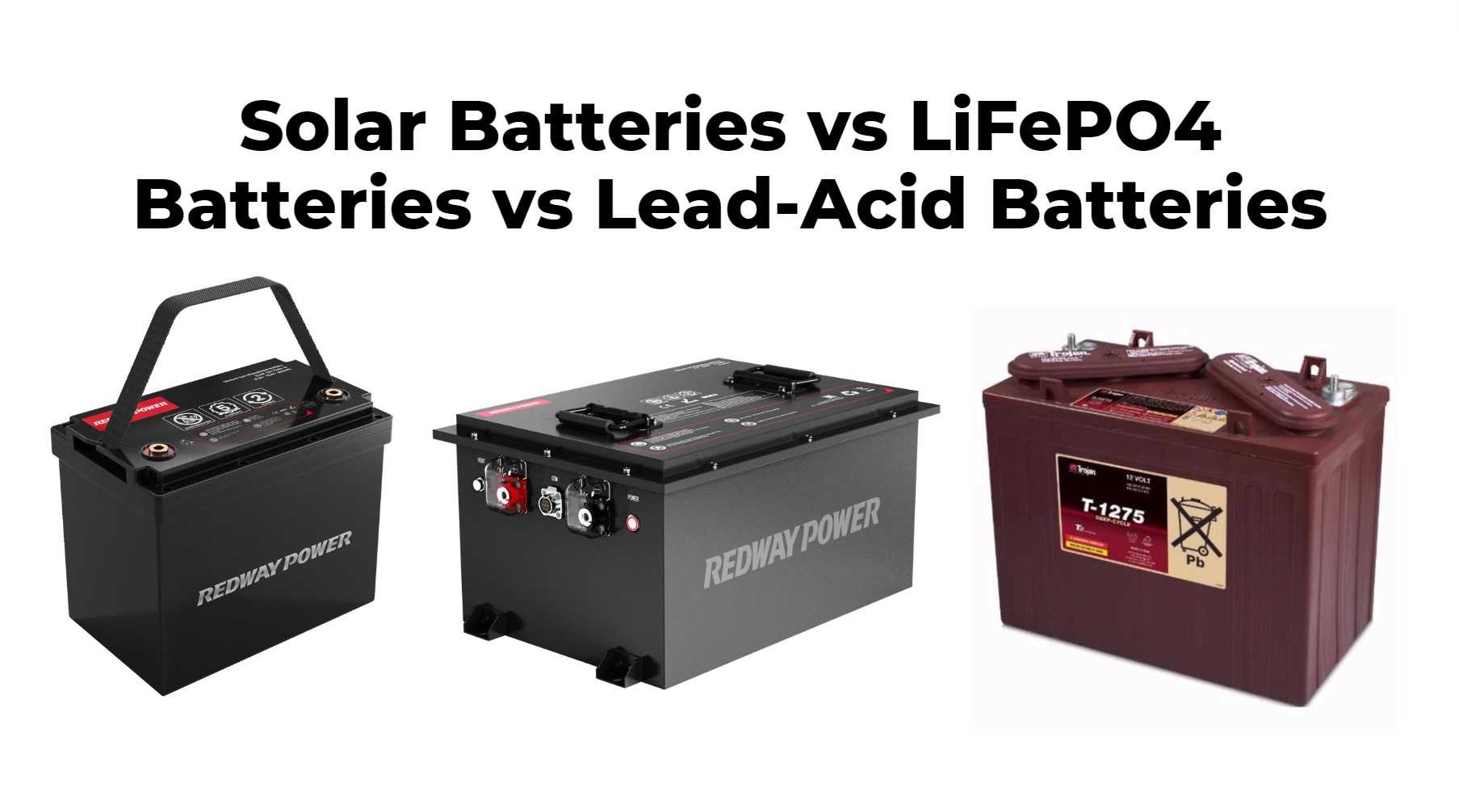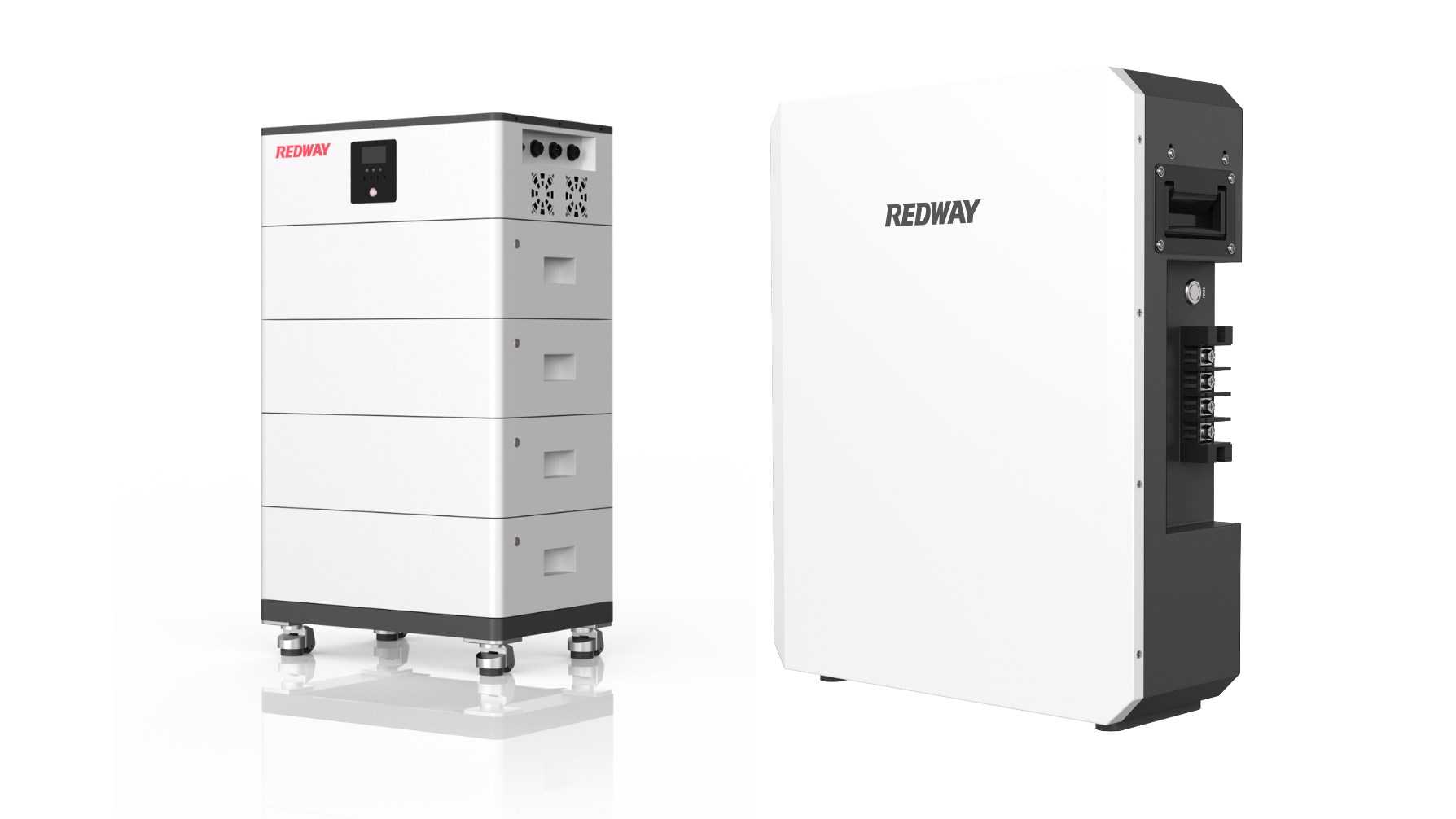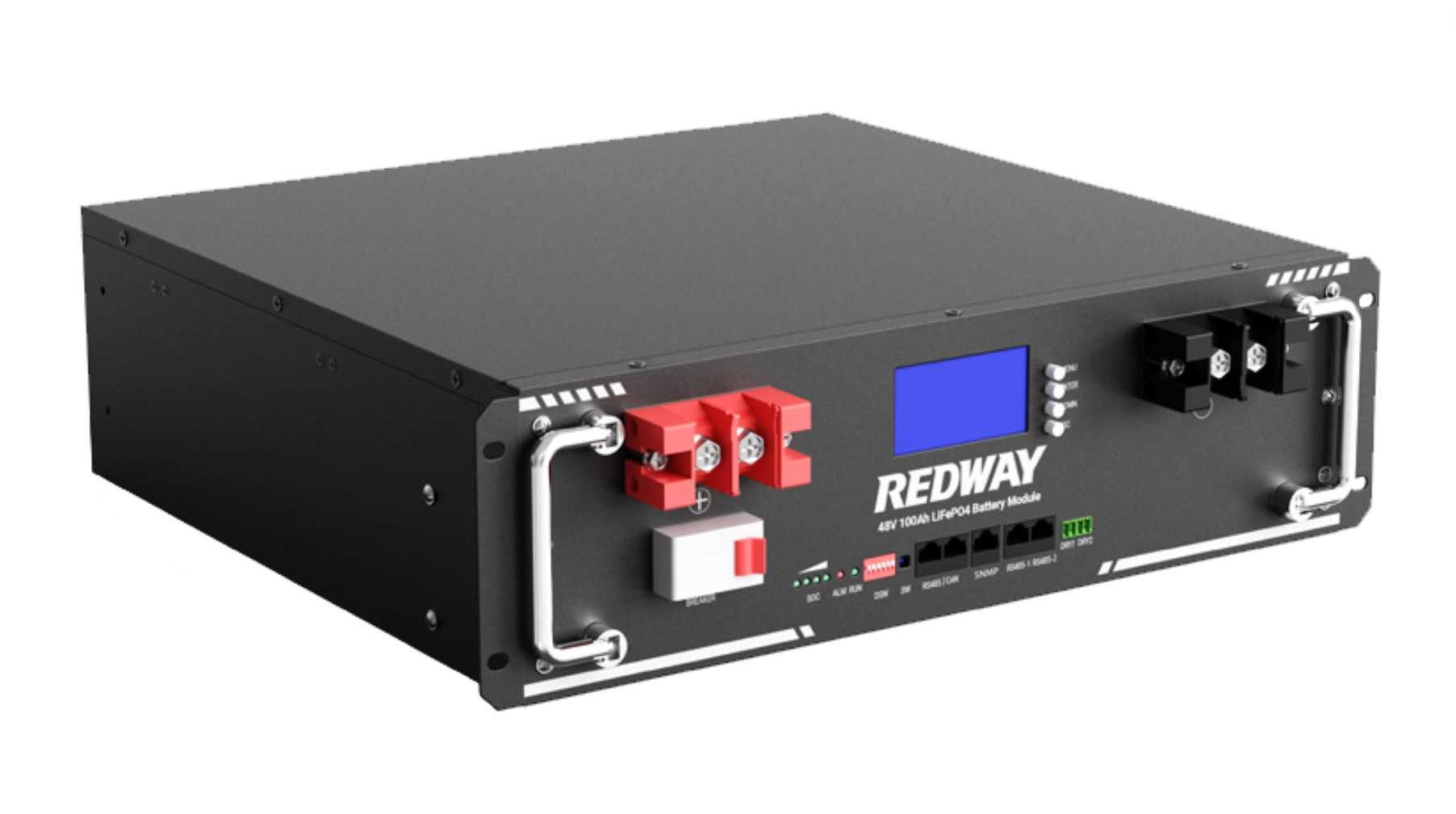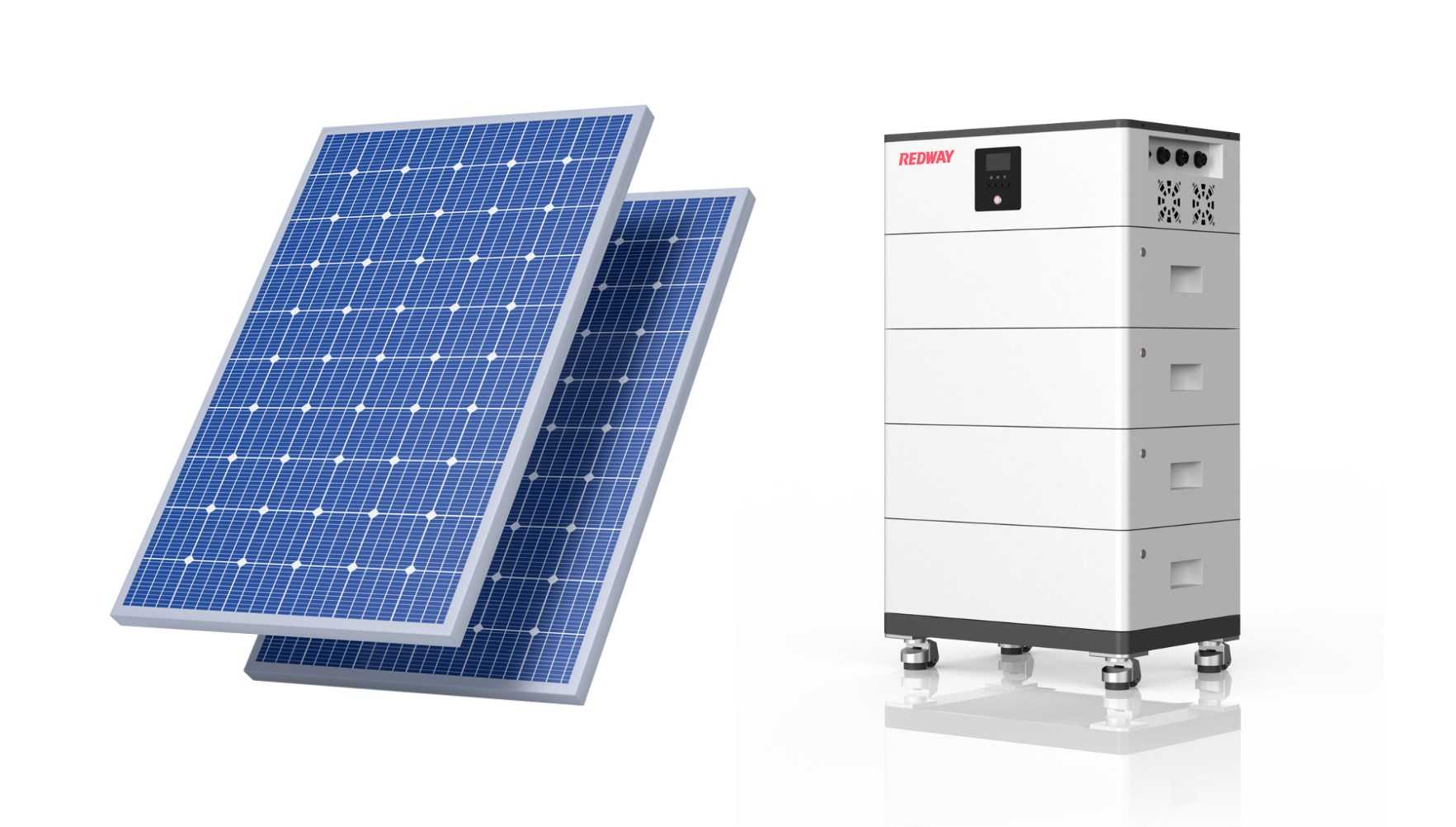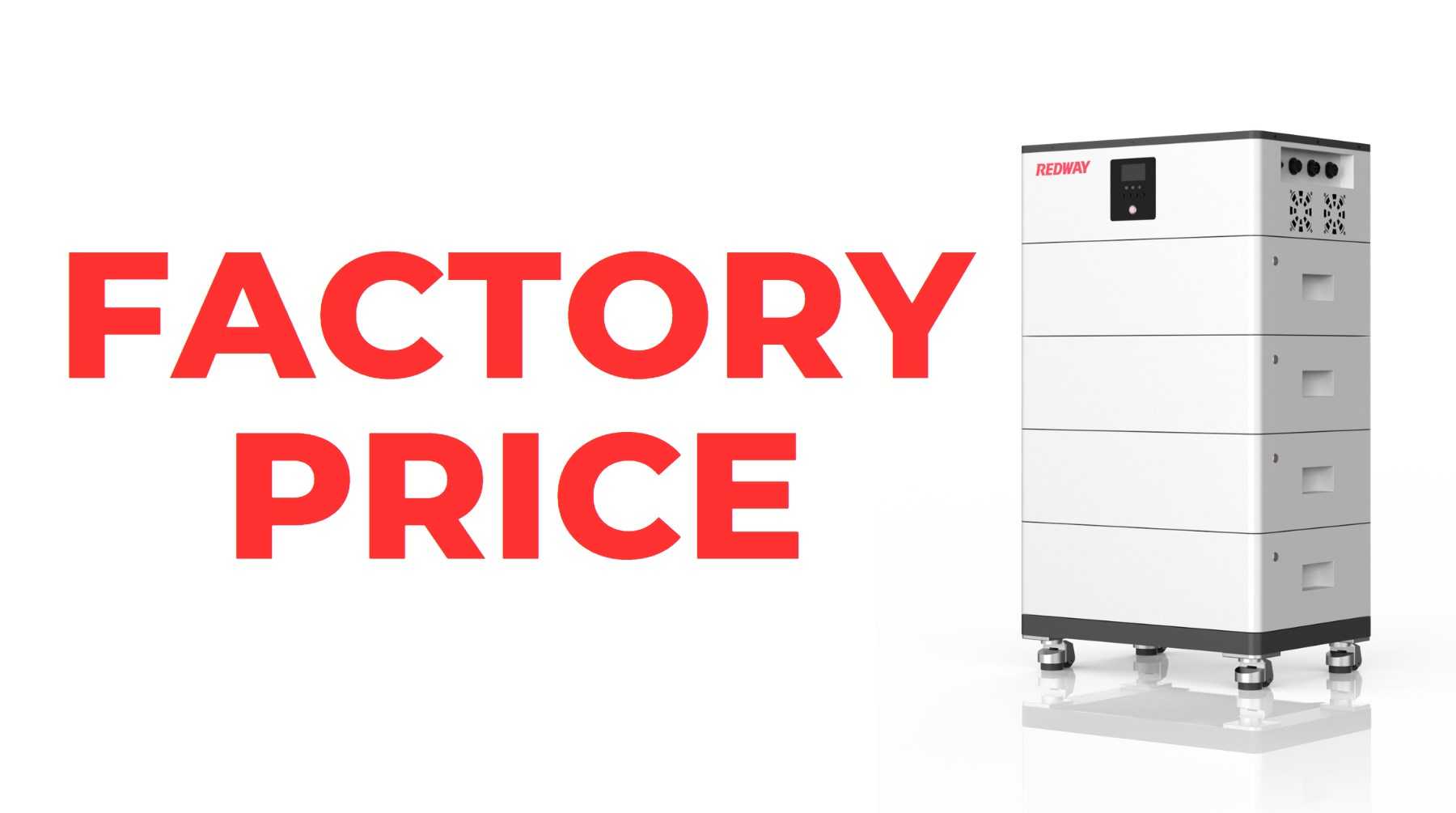What Are 4D Cell Batteries and What Is a Group 4D Battery?
4D cell batteries are large, heavy-duty lead-acid batteries designed for high-capacity applications such as trucks, industrial equipment, and backup power. A Group 4D battery refers to a standardized battery size and specification defined by the Battery Council International (BCI), commonly used in commercial vehicles requiring durable, high-amp hour power.
What Are 4D Cell Batteries?
4D cell batteries are lead-acid batteries characterized by their large physical size, designed to deliver high cranking power and deep cycle performance in heavy-duty applications.
These batteries typically consist of multiple cells connected internally to provide 12 volts of power, with high amp-hour ratings to support long periods of use. Commonly made with absorbed glass mat (AGM) or flooded wet cell technologies, 4D batteries are built to withstand vibration, extreme temperatures, and frequent deep discharges. Their substantial size and robust construction make them a preferred choice for trucks, buses, industrial machinery, and backup power systems requiring dependable, sustained energy output.
How Does a Group 4D Battery Differ From Other Battery Groups?
Group 4D batteries are standardized in size, terminal configuration, and capacity as per BCI guidelines, distinguishing them from other battery groups by physical dimensions and electrical specifications.
The Battery Council International establishes group numbers to help consumers and manufacturers identify batteries that fit specific vehicle compartments and deliver expected performance. A Group 4D battery is larger than Groups 24 and 27 but slightly smaller than 8D and 9D batteries. Its typical dimensions are approximately 10 x 7 x 11 inches, fitting vehicles with large engine requirements. Group 4D batteries feature specific terminal placements and terminal types designed for optimal connectivity. This standardization ensures easy replacement and compatibility with many commercial and industrial vehicles.
Which Vehicles and Equipment Commonly Use 4D Cell or Group 4D Batteries?
4D cell and Group 4D batteries are widely employed in heavy trucks, construction vehicles, agricultural machinery, RVs, and marine applications needing high power and durability.
These batteries deliver the necessary cranking amps for large diesel and gasoline engines as well as sustained power for onboard electronics and auxiliary equipment. Commercial trucks rely on 4D batteries to handle cold starts and long idling times. Similarly, construction vehicles and farming equipment demand batteries that endure vibration and harsh conditions without frequent failure. Recreational vehicles (RVs) and boats also benefit from 4D batteries’ deep cycle capabilities to support living quarters and accessories. Redway Battery manufactures high-quality customized 4D battery packs suitable for many such industrial and mobile energy needs.
| Application Area | Reason for 4D Battery Use | Typical Battery Features |
|---|---|---|
| Heavy Trucks | High cranking amp requirements for diesel engines | High CCA, vibration resistance |
| Construction Equipment | Vibration and durability for rough terrain | Robust casing, deep cycle capacity |
| Agricultural Machinery | Long operating hours with power tools | Deep cycle, large capacity |
| RVs and Marine Vehicles | Multiple loads including lighting and appliances | Dual purpose (starting and deep cycle) |
Why Are 4D Cell Batteries Preferred in Heavy-Duty Applications?
They offer high cold cranking amps (CCA), exceptional durability, and large capacity needed to reliably start big engines and power auxiliary systems.
Heavy-duty equipment and commercial vehicles demand batteries that can deliver large bursts of power for engine starts, especially in cold conditions where starting is tougher. 4D batteries are built with thicker plates, stronger separators, and enhanced construction that resist corrosion and mechanical stress. The larger capacity also supports electrical accessories without rapid discharge or damage. This reliability reduces downtime and maintenance costs for operators. Redway Battery’s 4D battery solutions reflect decades of OEM experience, combining performance with long service life.
How Should 4D Cell or Group 4D Batteries Be Maintained for Maximum Lifespan?
Regular inspections, keeping terminals clean, checking electrolyte levels (for flooded types), proper charging, and storing in moderate temperatures ensure longevity.
For flooded 4D batteries, checking and topping up electrolyte levels with distilled water is essential, while AGM types require less maintenance. Corroded terminals should be cleaned to maintain good electrical contact, and batteries should be charged using smart chargers to avoid overcharging or deep discharging. Storing batteries in a cool, dry environment minimizes internal degradation. Redway Battery incorporates built-in battery management systems and quality manufacturing to simplify maintenance and enhance durability, especially in demanding operating conditions.
When Should You Replace a 4D Cell or Group 4D Battery?
Battery replacement is advisable when capacity drops below 50%, cranking power fades, or physical damage such as leaks, swelling, or corrosion occurs.
Signs like slow engine starts, frequent jump-starts, or visible damage indicate the 4D battery is failing. Since these batteries serve critical roles, delaying replacement risks operational downtime or equipment failure. Routine testing with load testers or multimeters helps monitor battery health. Redway Battery supports customers with diagnostic tools and replacement options optimized for OEM and aftermarket needs.
Where Can You Purchase Quality 4D Cell or Group 4D Batteries?
Authorized distributors, OEM manufacturers like Redway Battery, specialized automotive parts stores, and reputable online suppliers offer genuine, tested 4D batteries.
Purchasing from trusted brands ensures batteries meet quality and safety standards, offering genuine capacity and durability. Redway Battery’s global production capabilities and ISO 9001:2015 certification guarantee consistent product excellence. Buyers should verify specifications, warranty terms, and installation guidance to maximize value.
Can 4D Batteries Be Customized for Specific Industry Needs?
Yes, OEM specialists like Redway Battery provide customized 4D battery packs with varying capacities, terminal types, and protective features to match specific vehicle or equipment requirements.
Customization includes adjusting reserve capacity, terminal orientation, and casing materials for extreme environments. This flexibility helps fleet operators and equipment manufacturers optimize power solutions while maintaining safety and regulatory compliance. Redway Battery’s engineering team supports full ODM/OEM customization backed by automated production and MES systems, ensuring turnaround efficiency with superior quality.
Does Battery Technology Affect the Performance of 4D Group Batteries?
Yes, flooded, AGM, and lithium-based 4D batteries offer different trade-offs in maintenance, cycle life, weight, and performance.
Traditional flooded lead-acid 4D batteries require regular maintenance but are cost-effective. AGM (Absorbed Glass Mat) batteries provide maintenance-free operation with better vibration resistance and longer life. Emerging LiFePO4 and lithium-based 4D battery solutions combine lighter weight, deeper cycling, and faster charging, albeit at a premium price. Redway Battery is actively developing and supplying advanced lithium 4D battery packs to address evolving heavy-duty market demands, enhancing performance while reducing total cost of ownership.
Redway Expert Views
“In heavy-duty power applications, choosing the right battery type and size is crucial to operational efficiency and reliability. Group 4D batteries strike an ideal balance of capacity, durability, and standardized dimensions for industrial and commercial vehicles. At Redway Battery, we leverage decades of expertise to deliver customized battery solutions that meet rigorous OEM standards and adapt to diverse conditions worldwide. Our advanced manufacturing and quality control ensure long-lasting, safe, and high-performing 4D batteries that reduce downtime and maintenance costs, empowering customers across industries.” – Redway Battery Engineering Team
Conclusion
4D cell batteries and Group 4D batteries are essential for heavy-duty, industrial, and commercial vehicle applications that require high power and durability. Their standardized size and robust design make them ideal for trucks, construction, agricultural, RV, and marine uses. Proper maintenance and timely replacement ensure maximum lifespan and performance. Redway Battery’s OEM expertise and advanced manufacturing deliver quality, customizable, and increasingly innovative 4D battery solutions tailored to evolving market needs. Choosing the right 4D battery technology and supplier is vital for operational success and cost efficiency.
FAQs
Q1: What is the typical voltage and capacity range of a Group 4D battery?
Most Group 4D batteries provide 12 volts with capacities ranging from 100 to 150 amp-hours, depending on use.
Q2: Are 4D batteries compatible with electric forklifts or golf carts?
Some 4D batteries can be adapted, but specialized lithium batteries are usually preferred for forklifts and golf carts.
Q3: How long do 4D batteries usually last under heavy use?
With proper maintenance, a quality 4D lead-acid battery lasts 3 to 5 years or longer.
Q4: Can lithium-based 4D batteries replace traditional lead-acid models?
Yes, lithium 4D variants offer longer life and lighter weight but currently cost more upfront.
Q5: What safety precautions are necessary when handling 4D batteries?
Always wear protective gear, avoid sparks, and handle batteries upright to prevent leaks or short circuits.


